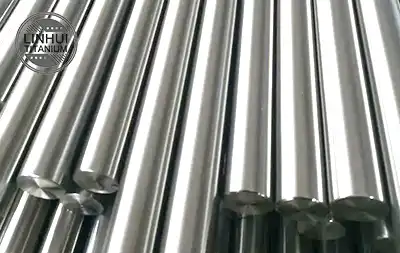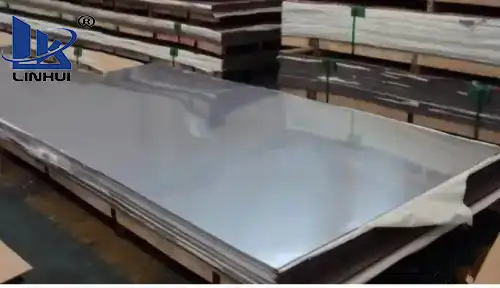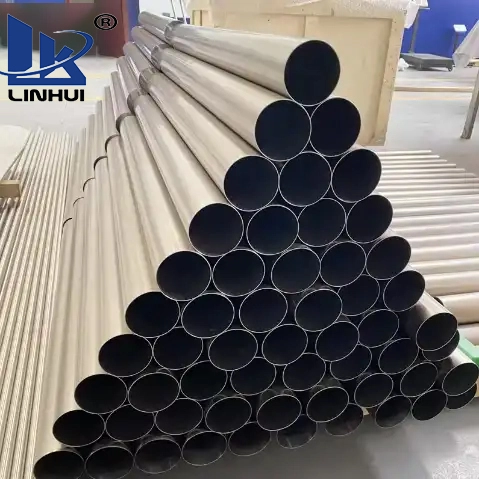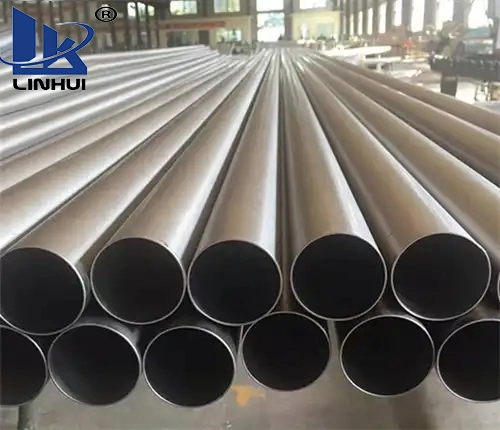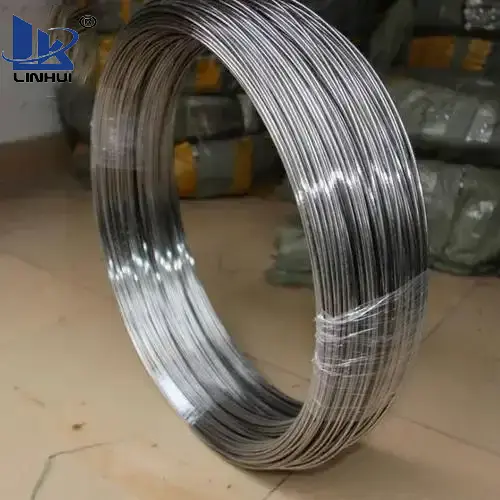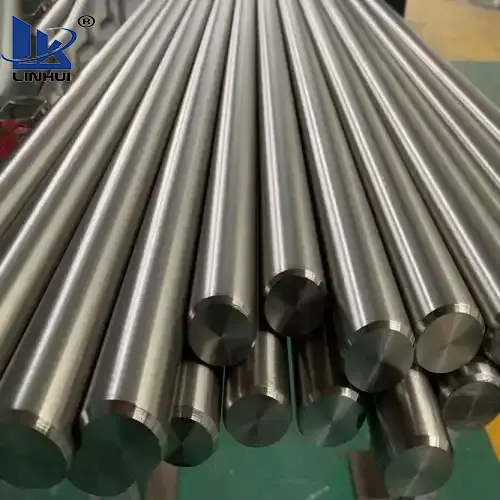The size of titanium material is one of the basic knowledge of titanium material. The size of titanium material generally refers to the length of titanium material. The length of titanium material mainly includes length, width, height, diameter, radius, inner diameter, outer diameter wall thickness, etc. The units of titanium material length include meters (m), centimeters (cm), millimeters (mm), etc. To know them, you need to understand titanium materials, which include titanium rods, titanium plates, titanium tubes, titanium wires, etc., which are rolled from titanium and titanium alloys.

1. Fixed scale of titanium materials
It is an effective way to save materials. The fixed scale means that the length or length times the width is not less than a certain scale, or the length of the titanium plate. Delivery is within the range of length times width from as many as many to many. The production unit can produce and supply according to this standard requirement.
2. Indefinite length
Refers to the general length. Any product size (length or width) that is within the scope of standard regulations and does not require a fixed size is called an indefinite length. The length of an indefinite ruler is also called the general length (through ruler). Metal materials delivered to irregular lengths only need to be delivered within the specified length range. For example, the general length of ordinary round titanium no larger than 25mm is 4-10m, and round titanium with a length within this range can be delivered.
3. Fixed length
Cut to a fixed size according to ordering requirements is called fixed length. When delivering goods in fixed lengths, the metal materials delivered must have the length specified by the purchaser in the order contract. For example, if the contract states that the delivery is to be in a fixed length of 5m, the delivered materials must be 5m long. Anything shorter than 5m or longer than 5m will be deemed unqualified. But, all deliveries cannot be 5m long, so it is stipulated that positive errors are allowed but negative errors are not allowed.
4. Multiplier
Cut into integral multiples according to the fixed dimensions of the order requirements are called doubling rulers. When delivering goods in multiple lengths, the length of the metal material delivered must be an integer multiple of the length (called single length) specified by the buyer in the order contract (plus the raw edge). For example, if the purchaser requires a single length of 2m in the ordering contract, then the length will be 4m when cut into double lengths, and 6m when cut into triple lengths, plus one or two saw kerfs. The amount of saw kerf is regulated in the specification. When delivering multiple scales, only positive errors are allowed, and negative deviations are not allowed.
5. Narrow ruler
A narrow ruler is one whose width is less than the lower limit of the indefinite width specified in the standard, but not less than the narrowest allowed width. When delivering goods in narrow sizes, it is necessary to pay attention to the narrow size ratio and the narrowest size specified in the relevant standards.
6. short ruler
The length is less than the lower limit of the indefinite length of the titanium tube standard but not less than the minimum allowed length, is called a short ruler. For example, the standards for titanium pipes for water and gas transportation stipulate that each batch is allowed to have 10% (based on the number of pipes) short-length titanium pipes of 2-4m in length. 4m is the lower limit of the indefinite length, and the shortest allowed length is 2m.






